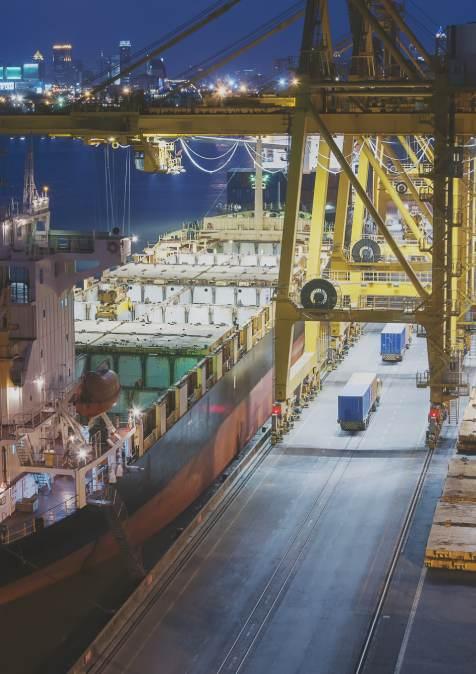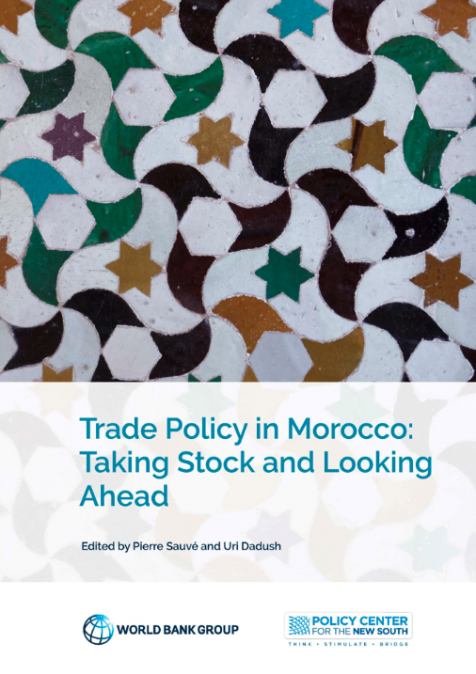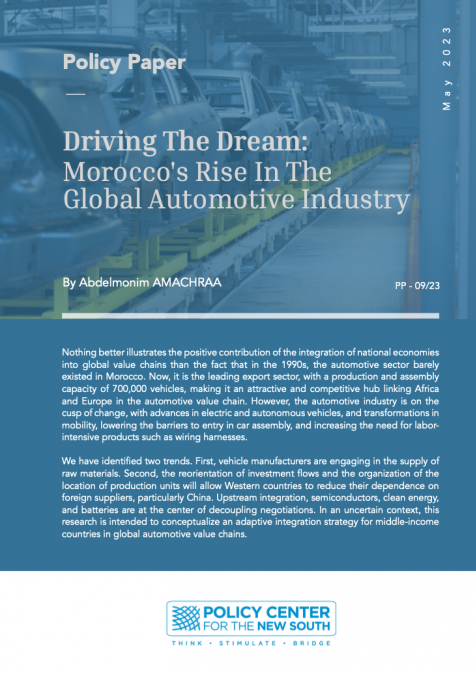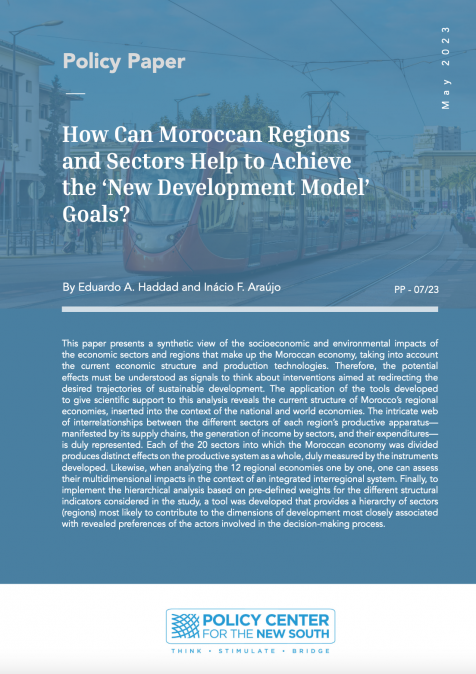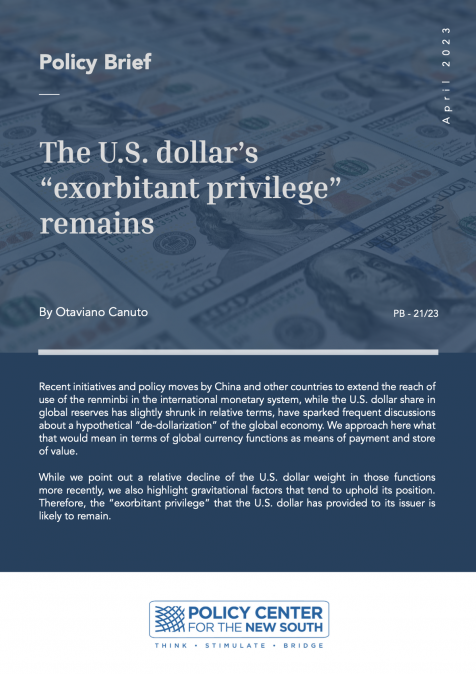Podcasts
Electrifier durablement l'Afrique par les technologies hors réseau
Related topics:
Ce podcast est délivré par Gabrielle Desarnaud. Alors que 1.2 milliards de personnes n’ont toujours pas accès à l’électricité, et que la qualité de service délivrée par les réseaux existants n’est pas toujours optimale, l’électrification dans les pays en développement peine à progresser. Sans engagement coordonné et massif, le nombre de personnes sans électricité augmentera considérablement en Afrique d’ici 2030. Pourtant, des solutions complémentaires à l’extension du réseau laissent aujourd’hui espérer des progrès d'électrification considérables en adéquation avec les enjeux économiques et environnementaux actuels. Changer notre conception de l’électrification permettra d’admettre que rester hors-réseau peut, pour certains, faire partie de la solution. Le succès du programme d’électrification durable Marocain en est un exemple, notamment pour ses voisins d’Afrique sub-saharienne.



